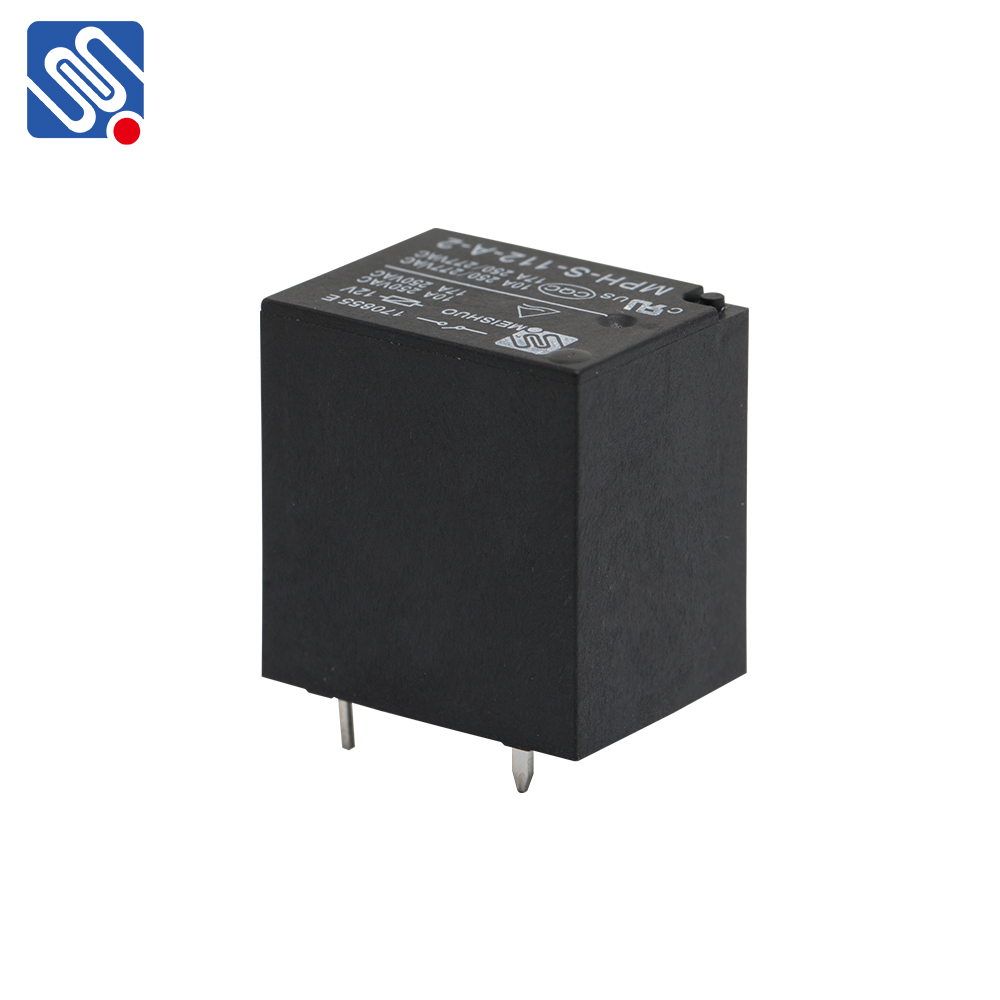Relays are essential components in electrical and electronic systems, providing a means of controlling high-power circuits with low-power signals. Whether used in industrial machinery, automotive systems, or consumer electronics, relays are indispensable for their ability to switch circuits safely and reliably. However, selecting the right relay involves understanding its specifications. These specifications outline the relay’s capabilities, limitations, and suitability for various applications. In this article, we will delve into the key relay specifications and explain how each one impacts performance and reliability.

1. Coil Voltage and Current Ratings The coil voltage is one of the most crucial specifications of a relay. It refers to the voltage required to activate the relay’s coil, initiating the switch. This voltage can either be direct current (DC) or alternating current (AC), depending on the type of relay. It is vital to ensure that the coil voltage of the relay matches the output of the control circuit. If the coil voltage is too high or too low, the relay may fail to operate or could be damaged. Similarly, the coil current rating is important to ensure that the relay coil does not draw excessive current, which can overheat and cause failure. Coil current ratings are typically provided in milliamps (mA), and exceeding the rated current can significantly reduce the relay’s lifespan.